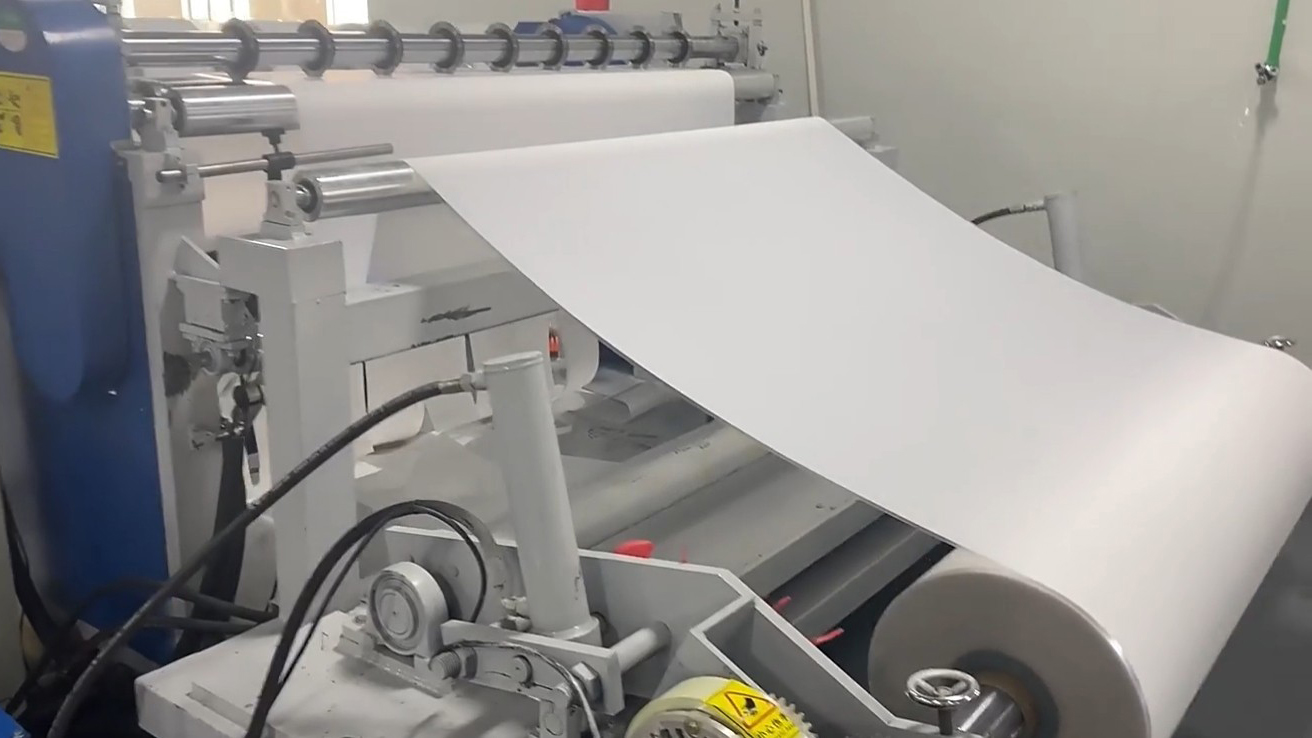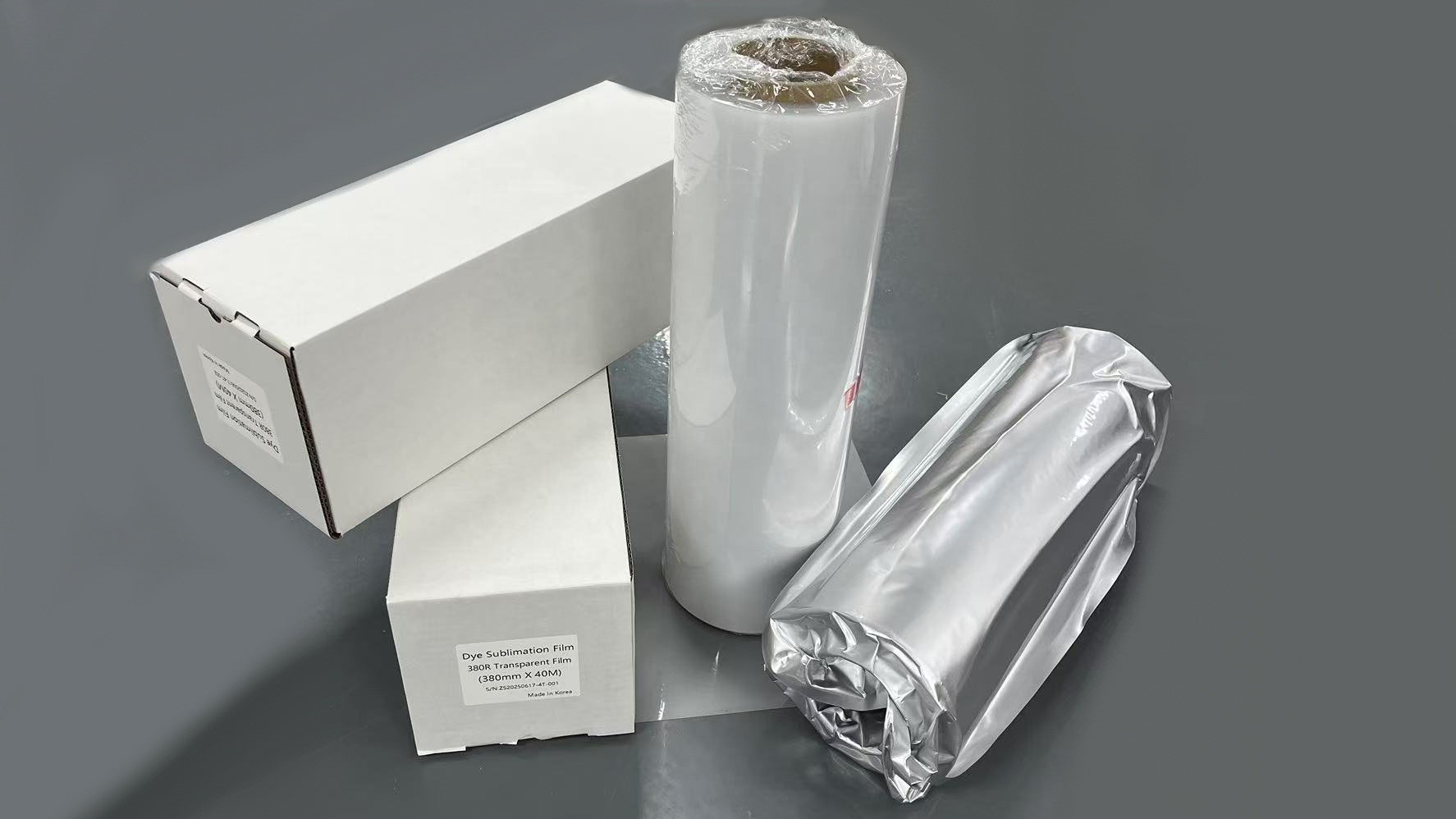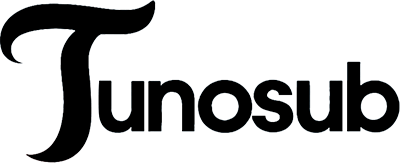
You see fast changes in printing films now. Companies use new tools like DTF and 3D sublimation. They want to make more custom products. Dye sublimation printing was worth $14.9 billion in 2024. The value keeps going up. Businesses care about using eco-friendly materials. They also try to recycle more. New ideas in polyester films help cut down waste. Recyclable solutions also help with this.
Asia-Pacific is leading the way. China and Vietnam are ahead of others.
E-commerce is growing fast. This makes people want better packaging.
AI helps work get done faster. It also helps use less material.
These Future Trends change how you make and use printed things.
Key Takeaways
DTF and 3D sublimation printing are changing how we customize things. These methods let businesses make special products when people want them.
Using eco-friendly materials is now very important in printing. Cutting down on waste helps companies reach their green goals.
Buying better printing machines can make prints look nicer and finish faster. This helps customers feel happy and helps businesses grow.
Teaching workers about new printing tools is very important. It helps everyone work better and keeps the prints looking good.
Learning about new market trends and ideas can help printing businesses find new chances to grow.
Future Trends Overview
DTF Innovations
You see many new ideas in DTF printing. Powder shaker-free technology now lets you apply adhesive straight to the film. This change helps you cut down on waste and makes your work faster. Eco-friendly powder shakers with smoke purifiers also help you protect the environment. You can use less harmful materials and keep your workspace cleaner.
Tip: If you want brighter colors, new ink technology gives you a wider color range. Your prints look more vibrant and stand out more.
You can find DTF films with metallic effects. These films let you create gold and silver prints that catch the eye. You can use these effects to make your products look special. The textile industry now uses these films for high-quality designs.
Powder shaker-free DTF saves time and reduces waste.
Eco-friendly shakers help you work in a safer way.
Metallic effects give you more creative options.
New print heads make your prints sharper and faster.
You see Future Trends like sustainability and innovation leading the way. North America is growing fast in this market. You can expect more changes as companies look for better ways to print.
3D Sublimation Advances
You can use 3D sublimation to print on curved and uneven surfaces. This technology lets you make custom phone cases, mugs, and sports gear. You get more choices for your business and can offer unique products.
The market for sublimation printing keeps growing. Experts say it will reach $6.9 billion by 2025. By 2030, it could grow to $28.98 billion. 3D sublimation is growing even faster, with a 15% yearly increase. You can use these Future Trends to expand your business and reach new customers.
3D sublimation works on many shapes and materials.
You can make products that stand out in the market.
Fast growth means more opportunities for you.
Note: If you want to stay ahead, watch for new machines and materials. These advances help you work faster and offer better products.
Technology Shifts

Print Quality
You see big changes in print quality with new printers. Dual-head and triple-head printers let you print faster and sharper images. These machines use advanced technology to place ink more accurately. Your designs look more detailed and colors appear brighter. You can use DTF with DTG and embroidery to make products that stand out. When you combine these methods, you get garments with a multi-dimensional look. Customers notice the difference and often see these products as higher quality.
Tip: Try mixing DTF prints with embroidery. You create unique designs that catch the eye and add value to your products.
Speed & Automation
You want to finish jobs quickly. New printers help you do that. Automation lets you print more items in less time. You can set up your printer and let it work while you focus on other tasks. Dual-head and triple-head printers boost your speed. You spend less time waiting and more time creating. Many businesses now use automated systems to handle large orders. This shift helps you keep up with demand and grow your business.
Printer Type | Speed Level | Automation Features |
|---|---|---|
Single-head | Medium | Basic |
Dual-head | High | Advanced |
Triple-head | Very High | Full Automation |
Material Compatibility
You see Future Trends in material compatibility. DTF printing now works on more types of materials. You can print on cotton, polyester, blends, and even leather. This flexibility helps you offer more products. DTF films work best with modified Epson printers like i3200, XP600, or L1800. You need to use pigment-based DTF inks and keep the white ink tank clean to avoid clogging. When you manage your inks well, your prints look better and last longer.
DTF films now print on many materials.
Keep your equipment clean for smooth printing.
You can combine DTF and 3D sublimation with other methods. This mix gives you creative freedom and lets you design products for different markets. You see more options and better results as technology improves.
Sustainability

Eco-Friendly Films
Many companies now pick eco-friendly films for DTF and 3D sublimation printing. These films work with cotton and polyester blends. They show bright colors and last a long time. DTF printing uses less energy and makes less waste. This helps keep your workplace healthy and the planet clean. You can choose from many options that match your needs and help you go green. Using these films helps the textile industry stay sustainable.
Waste Reduction
You can lower waste by using powderless DTF technology. This new way does not need hot melt powder, which makes lots of waste. Instead, you use glue, so the process is easier and cleaner. You also lower the chance of bad emissions. Here are some ways the industry cuts waste:
Powderless DTF printers do not need powder, so you throw away less.
The process keeps air cleaner and safer for workers.
Many print shops recycle old aluminum plates to help the environment and save money.
Some companies use closed-loop systems to recycle plastic packaging.
Businesses now pick biodegradable or recycled packaging for shipping.
These steps make printing safer and better for the environment.
Energy Efficiency
You want to save energy and spend less money. DTF printing uses less power than older ways. This helps you lower your carbon footprint. Many companies use machines that work faster and use less energy. These changes help you follow new rules and meet customer needs for green products. Studies show about 70% of people choose products because of sustainable packaging. Half of US shoppers will pay more for eco-friendly choices. You can see that Future Trends in printing films focus on saving energy and helping the planet.
“Sustainability is the cornerstone of our company’s vision… we have a responsibility to do while aligned with environment, society, and corporate governance.” — Renee Schouten, VP of marketing for INX International Ink Co.
Market Impact
Personalização
There is a big move toward making custom products. DTF and 3D sublimation help you make things your customers want. You can put special designs on t-shirts, mugs, and more. Many companies now print items only when someone orders them. This means you do not have extra stock. You also throw away less.
DTF Film is popular because people like custom shirts and branded stuff.
Companies need fast printing to keep up with orders.
DTF Film lets you work quickly and make good products for each order.
Digital printing works well with online stores, so you can sell custom things on the internet.
Direct T-shirt printing and fast fashion use inkjet machines for quick results.
Cost Efficiency
You spend less money with new printing methods. DTF printing lets you make small groups of items without big setup costs. You do not have to buy lots of supplies at once. This makes it easy to try new ideas and follow trends. Better color control gives you bright, nice-looking products.
DTF printing is exact and saves time.
You can grow your business without spending too much.
Working with online stores helps you reach more people and save money.
Small businesses can use DTF printing, so more people can start selling.
New Opportunities
Better DTF and 3D sublimation give you new chances. You can test new designs and use different materials. Automation and AI help you work faster and smarter. New ways to do business show up as technology gets better.
Trend/Innovation | Description |
|---|---|
Sustainability | Eco-friendly ways and materials in DTF printing. |
Automation | Easier production steps for lower costs and better speed. |
Enhanced Creative Possibilities | New DTF films with shiny effects give you more design choices. |
Market Growth | The DTF market is growing fast, especially in North America. |
Advanced Technologies | AI and new print heads make printing better. |
You can stay ahead by using these new ideas. You find more ways to grow and get new customers.
Adoption Steps
In-House vs. Outsourcing
You face a big choice when you want to start with DTF or 3D sublimation printing. You can set up your own production or work with an outside company. Each option has benefits and challenges. The table below shows key points to help you decide:
Key Consideration | In-House Production | Outsourcing |
|---|---|---|
Initial Investment | You spend more at first for equipment, but you can earn it back with efficiency. | You avoid buying machines and do not worry about repairs. |
Technical Skill | You need to train your team and learn new skills. | You rely on experts from the outsourcing company. |
Production Speed | You may print slower at first, but new technology helps you catch up. | Outsourcing firms often print faster with advanced machines. |
Safety Considerations | You must follow safety rules and give staff protective gear. | Outsourcing partners handle safety, so you have less risk. |
Advantages | You control quality and every step of production. | You get a simple process and high-quality prints without extra work. |
Tip: If you want more control and flexibility, in-house production works well. Outsourcing helps you save time and avoid technical problems.
Training Needs
You need new skills to use modern printing film technology. Training helps you work with new machines and software. You must learn how to use computers, talk to customers, and handle many tasks at once. Most training comes from equipment suppliers, but you can also work with local training centers to fill skill gaps.
You retrain your staff to use new printers and software.
You build skills in ICT, customer service, and multitasking.
You start with basic training from suppliers.
You work with local trainers for deeper learning.
Note: Regular training keeps your team ready for new changes in technology.
ROI Evaluation
You want to know if your investment will pay off. Start by looking at costs for equipment, training, and materials. Track how much time you save and how many products you sell. You see long-term benefits when you reduce waste and improve quality. Fast production and better designs help you earn more. You can grow your business and reach new markets with smart planning.
Remember: Careful planning and skill development help you get the most from new printing technologies.
Challenges
Skills Gap
When you start using DTF or 3D sublimation, you may see a skills gap. New machines and software need special training. Many workers have not used these tools before. You must learn to set up printers and use design software. You also need to know how to fix problems. Learning all this can slow you down at first. You need time and patience to get better. Training helps you keep your prints looking good and avoid mistakes. Many companies give basic training, but you might want more help from local centers. Practicing often and working with others makes learning easier.
It takes time to get good at new printing.
You need to learn both hardware and software.
Practice helps you work faster and make fewer mistakes.
Tip: Begin with easy projects. Grow your skills one step at a time.
Equipment Upgrades
Getting new equipment brings some problems. You have to spend a lot of money and plan your space. Advanced printers and special inks cost a lot, which is hard for small shops. You also need enough space for the printer, heat press, and powder shaker. Picking a good brand helps you avoid trouble later. Prices can change because of market trends and rules. You should learn how each machine works before buying it.
Challenge/Cost | Description |
|---|---|
Buying new equipment and special inks costs a lot for small shops. | |
Skill Requirements | Workers need training to keep prints good and fix problems. |
Learning Curve: You need time to get used to new machines.
Space Requirements: Make sure your shop has enough room for all equipment.
Industry Resistance
Some people do not want to try new printing ways. They worry about changing old habits or losing their jobs. Others think new machines will make their skills useless. Some people doubt if the cost or training is worth it. To help, share stories of people who did well with new technology. Give your team training and support. Talk openly about the good and bad parts. When you work together, you can get past these worries and help your business grow.
Note: Change can be tough, but learning and teamwork help you do well with new printing technology.
You notice new Future Trends in printing films. These trends give you better print quality and more green choices. They also help you find new ways to grow your business.
Hybrid printing lets you use DTF with other methods. This helps you make cool and different designs.
Eco-friendly inks and AI tools help you work better. They also help you take care of the planet.
Big printers and new software make design simple for everyone.
You can stay ahead if you buy new technology and train your team. Keep learning and be ready for change so your business keeps growing.
FAQ
What is the main difference between DTF and 3D sublimation printing?
DTF prints on flat surfaces like t-shirts. 3D sublimation lets you print on curved or uneven items, such as mugs or phone cases. You choose the method based on the shape and material of your product.
Can you use DTF films on any fabric?
You can use DTF films on cotton, polyester, blends, and even leather. Always check your film and ink for best results. Some fabrics may need special care for long-lasting prints.
How do you make your printing process more eco-friendly?
Choose powderless DTF, recycled films, and energy-saving machines. Recycle waste and use biodegradable packaging. These steps help you protect the environment and meet customer demand for green products.
Is it hard to learn DTF or 3D sublimation printing?
You can learn the basics quickly with training from suppliers. Practice helps you improve. Start with simple projects. Many people find it easy to use modern printers after a few lessons.

